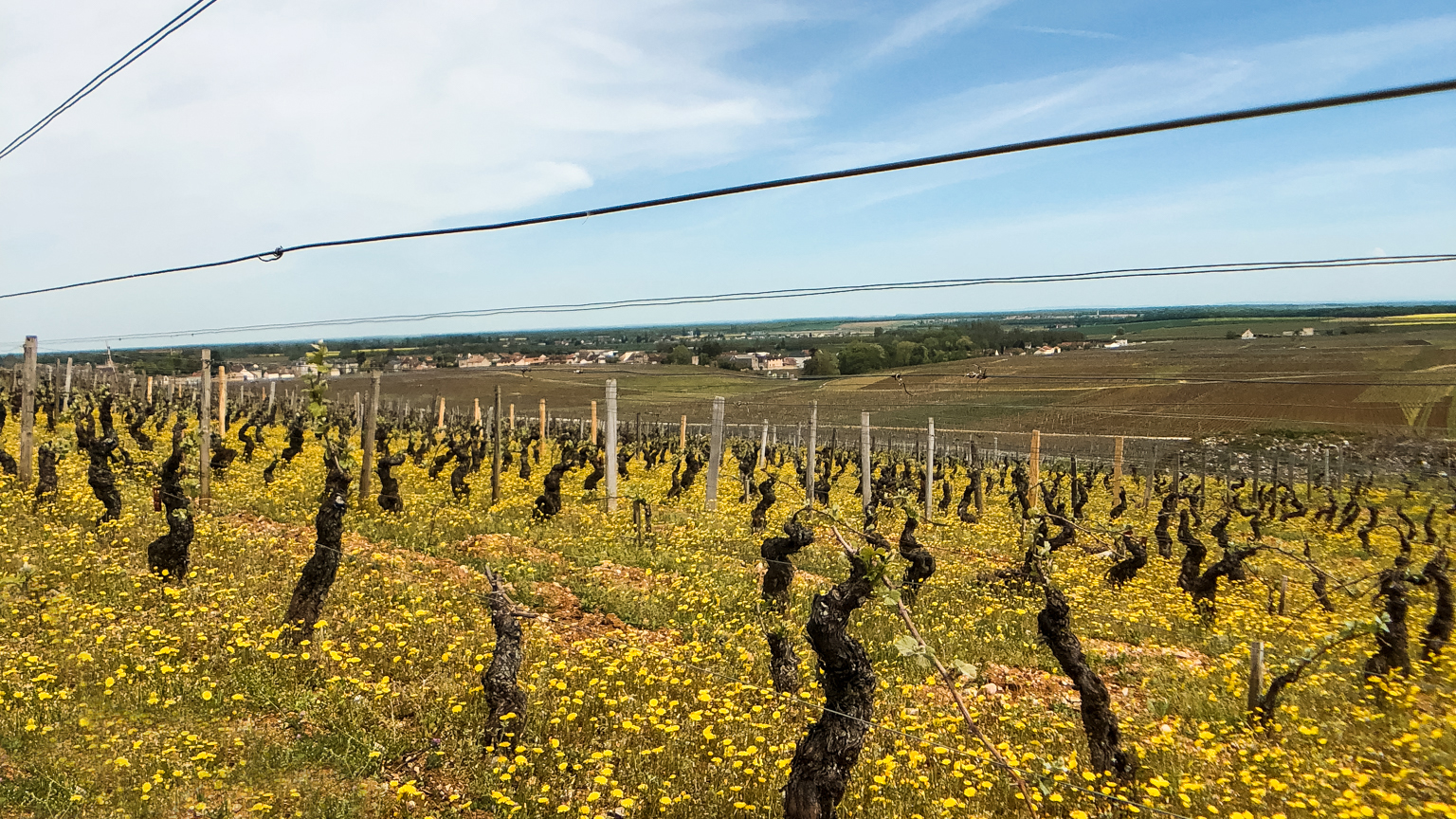
Natural Wine
May 19, 2021
In wine as in food, the word “natural” is so common as to have become almost meaningless. Every winemaker begins with fruit grown on a vine, and so all winemaking is to some degree “natural.” But viticultural and cellar practices diverge widely around the world, and it’s also fair to say that some wine is far more “natural” than others. Rules, trends, conclusions, and benefits can all be hard to determine.
But while the range of winemakers in France still covers the spectrum from carefully engineered to extreme low-intervention, one trend is unmistakable: the center is moving. The average winemaker in France uses less intervention and more “natural” practices today than they did a few decades ago. And that’s something, amid all the confusion and argument, we think is worthy of celebration.
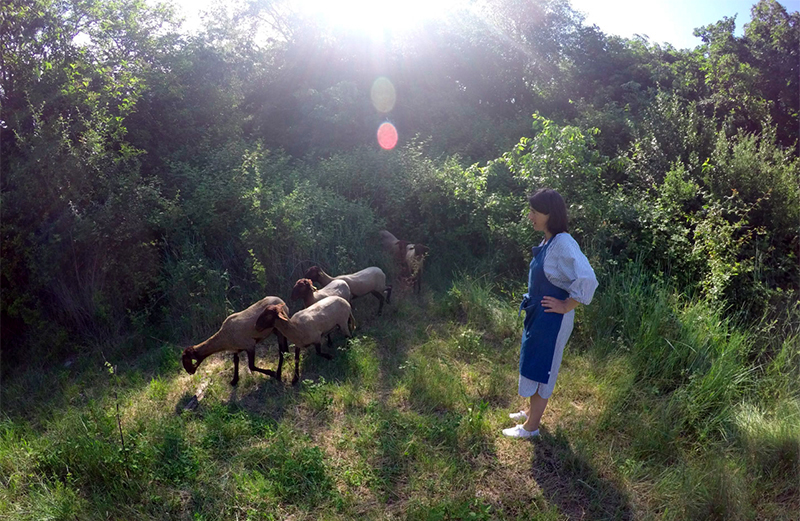
ORGANIC VITICULTURE
Organic viticulture attempts to solve one problem in particular: how to keep vineyard soil healthy. Because vines are perennial plants which can live and bear fruit for decades without crop rotation, vineyard soils are easily depleted of nutrients. Particularly in the second half of the 20th century, winemakers commonly used industrial chemical compounds to boost grape yield or ward off pests, further harming soil health. Organic viticulture attempts to remedy these practices and the resulting damage to the soil, eschewing industrial chemicals and focusing on physical interventions to aid fruit production.
Under organic guidelines, pesticides, herbicides, and industrial fertilizers are not permitted. Vignerons instead focus on pruning methods and canopy management to promote the health of the vines and their fruit. Organic growers often permit cover crops (grains, grasses, flowers) to grow between the rows of vines — these plants do compete for nutrients with the vines, but the organic matter and fungal networks they contribute to the soils outweigh the effects of competition.
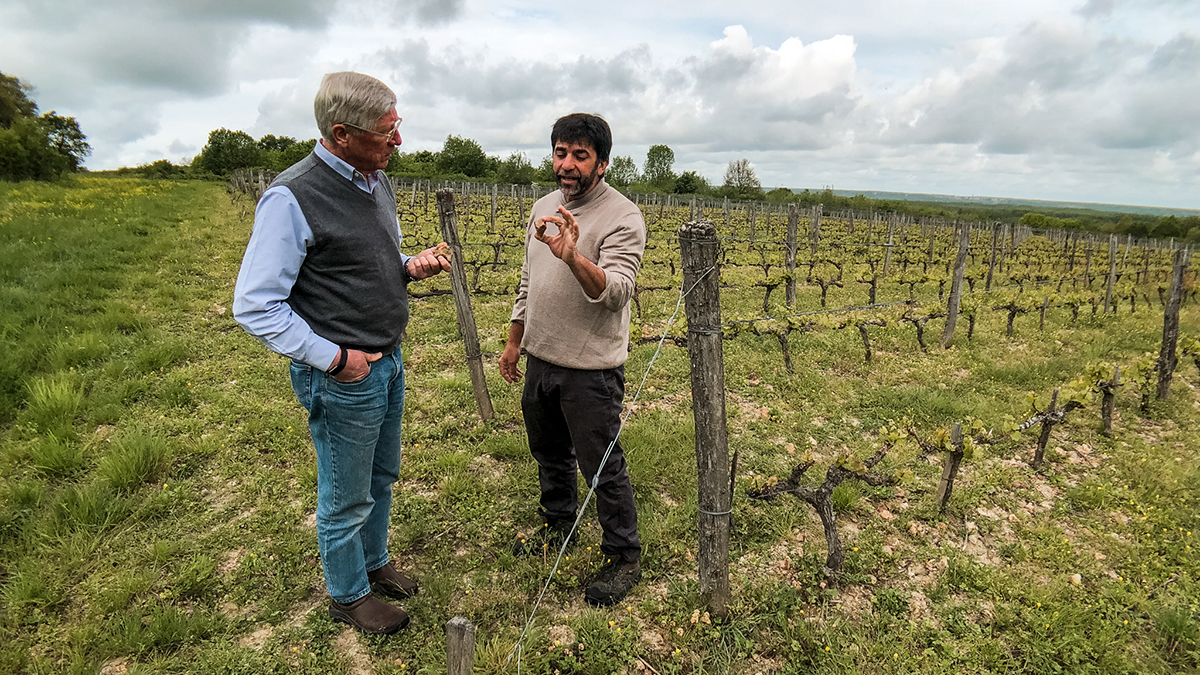
Organic viticulture is difficult and expensive. Without pesticides, winemakers must be more proactive about their vineyard work to prevent maladies, requiring more labor and effort in maintaining biodiversity. Organic grape production is less consistent, and grape production and quality can vary greatly between vintages. Finally organic viticulture requires substantial background knowledge, and rarely works well with only casual adoption.
But for those that practice it, the long term benefits far outweigh the costs. Organic vineyards are healthier, live longer, and have proven more resistant to climate change. And according to growers, the fruit from these vineyards produces a truer expression of the land.
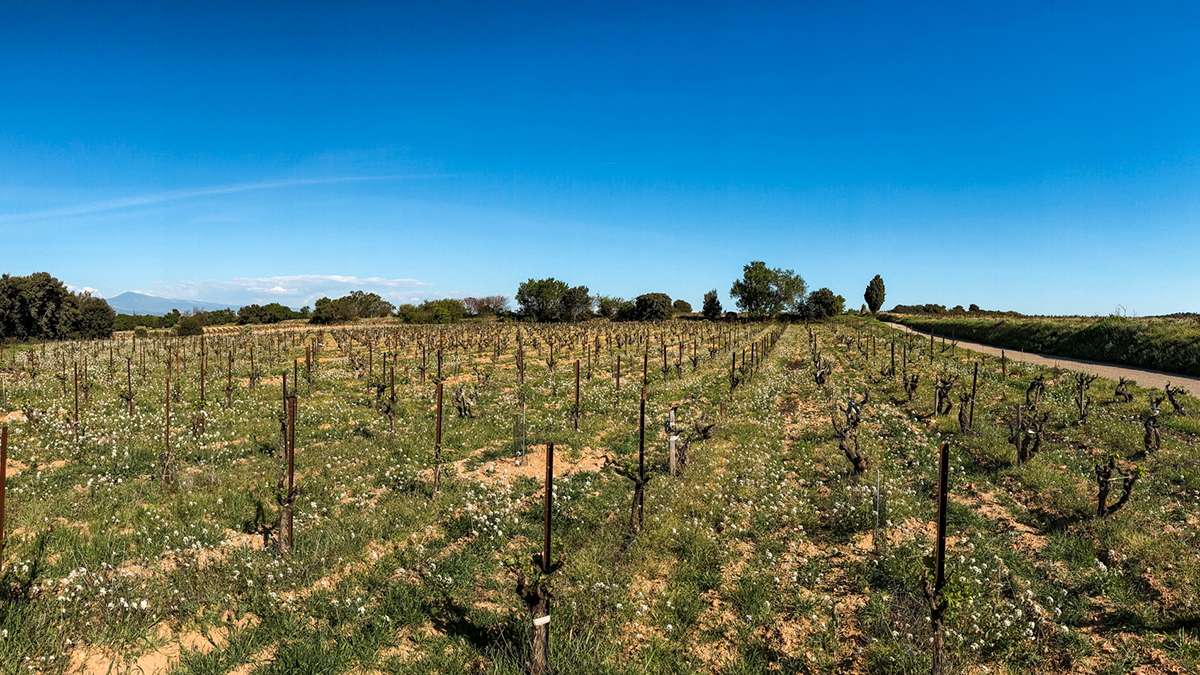
ORGANIC WINEMAKING
In the cellar, organic rules mainly deal with the use of SO2, sulfur dioxide. This compound’s natural preservative and anti-bacterial capabilities have been known for millennia, particularly advantageous because of its non-toxicity to humans. Grape skins naturally contain small amounts of sulfur, so all wine contains a small amount of sulfites naturally. Sulfur added during the winemaking process accomplishes two main goals: protection from oxidation, and prevention of unwanted bacteria growth.
The rules of organic winemaking dictate treatments permitted in the vineyards, and most notably the use of sulfur dioxide in the cellar. There are several definitions of what constitutes “organic wine.” In the US, “organic wine” means wine made without added sulfites, and only with organic added yeasts; “made with organic grapes” is similar but allows minimal sulfites to be added. In the EU, organic wine may include up to 100 mg/L for red wines (150 mg/L for whites) during vinification.
Low- or no-sulfur winemaking is controversial, as the finished wines are less stable. Winemakers who avoid sulfur believe the increased expressiveness gained from its absence outweighs the potential instability. As with most elements in organic winemaking, there’s a wide range of how much sulfur vignerons add, and some vary their levels depending on vineyard plot, vine age, or vintage.
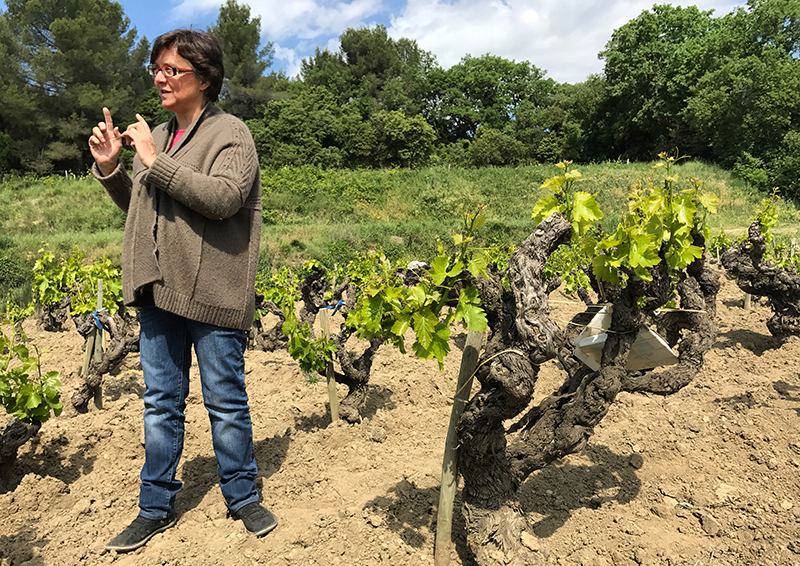
BIODYNAMICS
Biodynamic winemaking takes the principles of organic winemaking and intensifies them. Based on theories invented by Rudolf Steiner in the 1920s, biodynamic viticulture posits that the most successful vineyards are those plugged into other forces of the universe, particularly the lunar calendar. This holistic approach to winemaking has its advantages and disadvantages, but we believe it is based in practices that generally improve winemaking.
In France, biodynamic winemaking began in 1962, and spread very slowly until the 1980s. Today it still only represents a tiny fraction of the vineyard surface in the world, but is continuing to grow. Biodynamics proscribes various detailed compost preparations, and a calendar based on four elements of the vine: root, leaf, flower, and fruit. Biodynamic growers follow this calendar for guidance on when to plant, prune and harvest, all in an attempt to sensitize their soils to celestial cycles. In the cellar the calendar advises when to rack, bottle, and even when to drink.
Demeter International is a German organization that awards biodynamic status to vineyards who meet its guidelines. And while the number of fully certified biodynamic winemakers is small, many winemakers we work with follow some of its principles, particularly racking and bottling based on the lunar calendar.
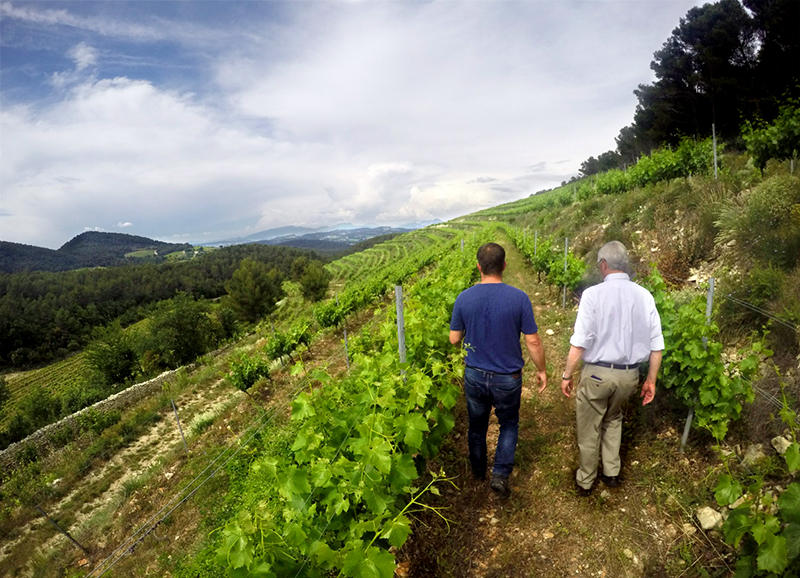
WHAT DOES NATURAL WINE TASTE LIKE?
The wide range of natural winemaking practices produces a similarly wide range of flavors and characters. Natural wines often claim a more honest expression of their terroirs by limiting the mark of a winemaker’s style between vineyard and finished wine. Limiting sulfites also results in wines that are more naturally expressive and less quiet. Made carefully, low-intervention wine can be astonishingly complex and layered.
On the negative side of the ledger, the wines can be less stable, less predictable, and less ageworthy. Sulfites help protect a wine from contamination from unwanted bacteria (such as the yeast brettanomyces) and volatile acidity. Wines with low sulfites also oxidize more quickly, and, particularly in whites wines, can hold up poorly over time. We find many wines made naturally tend to change character over time, sometimes dramatically so.
Flawed wine is sometimes justified by its “natural” preparation, and the exact definition of what makes something a flaw or a feature is widely discussed. But to the extent that flaws can be avoided through careful cellar work, the tastes of naturally made wine can be truly extraordinary. The flavors themselves depend on the varietal, but in general we find more earthiness, more floral components, and more vibrant textures in naturally made wines.
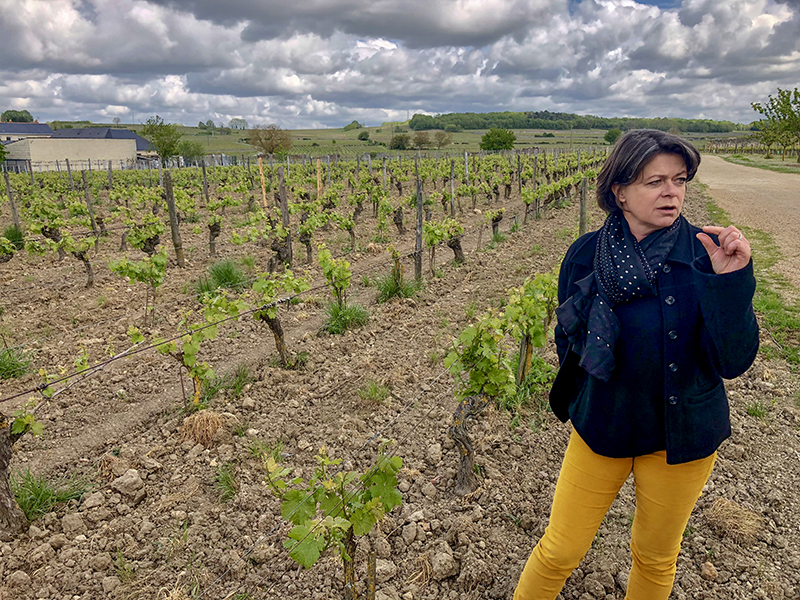
WHO IS MAKING NATURAL WINE?
For centuries all winemaking was what we now consider “natural,” as intervention options were limited or unknown. In France the modern movement toward natural wines began in the 1960s, particularly in the Beaujolais, Roussillon, and Loire Valley. The bold, opulent, high alcohol wines popularized by Robert Parker in the 1990s led to a backlash in the early 2000s and the increasing adoption of natural practices. Today the Loire Valley continues to be a hub for natural winemaking in France, though every region now claims hundreds of domaines striving to make some degree or organic wine.
Recent warmer growing seasons have enabled more widespread adoption of low-intervention viticulture — vines are less susceptible to maladies amid the drier, sunnier conditions, and so need less treatment. We’ve heard from several growers that their vines farmed organically have been faster to adapt to the warmer climate as well.
Today nearly every winemaker we work with is either organic or in some type of conversion to organics, either in the vineyards, the cellar, or both. And in a profession where multi-generational domaines are the norm, the importance of maintaining long-term soil health is not hard to sell. “Organic is the future,” one grower told us — “it’s not about the certification or the philosophy, it’s just how to make better wine in the long term.”
NATURAL WINEMAKERS IN THE ANSONIA PORTFOLIO
Boyer-Martenot
Thomas Morey
Jean Collet
Nicolas Maillet
Maison Picamelot
Domaine du Tunnel
Pierre André
Domaine Malmont
Clos du Joncuas
Domaine le Souverain
Nicolas Paget
Domaine des Sanzay
Mas Foulaquier
Vincent Gross
Charles Frey
Fattoria Poggerino
Salomon-Undhof
